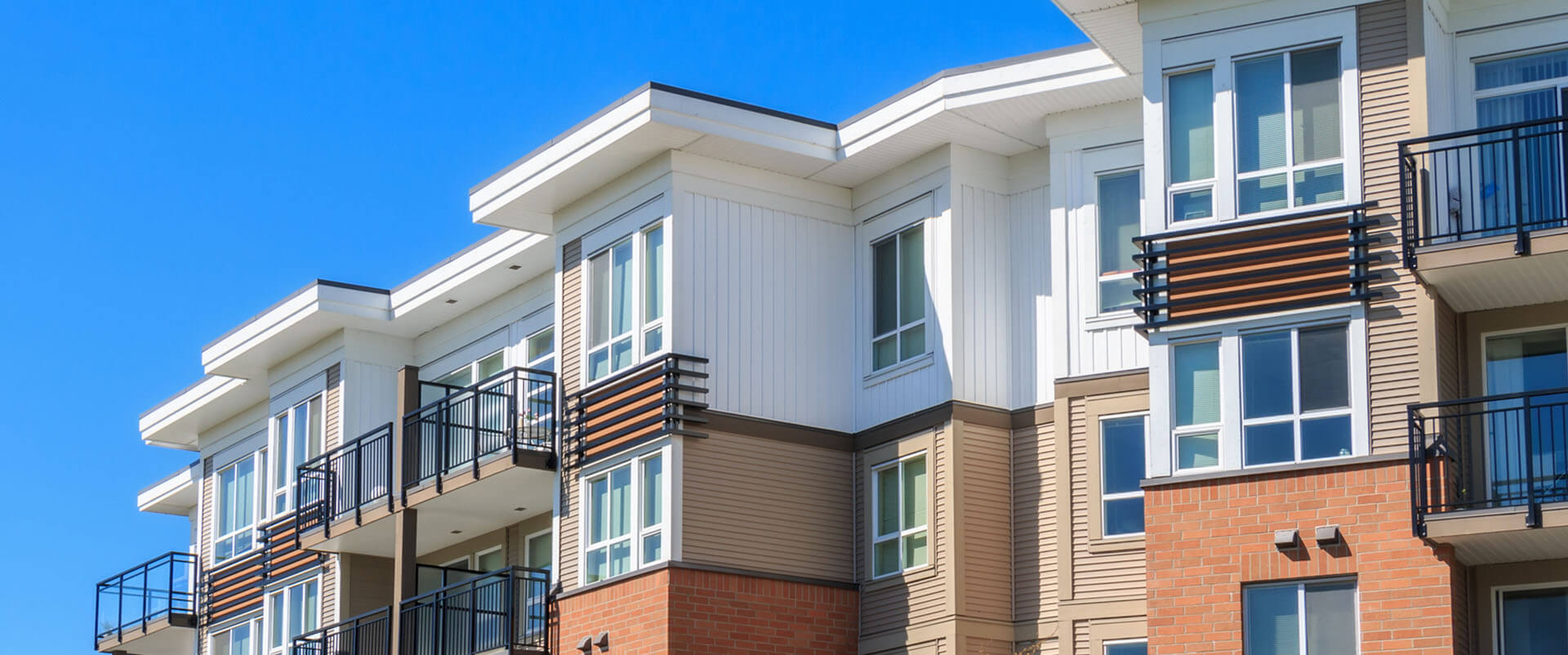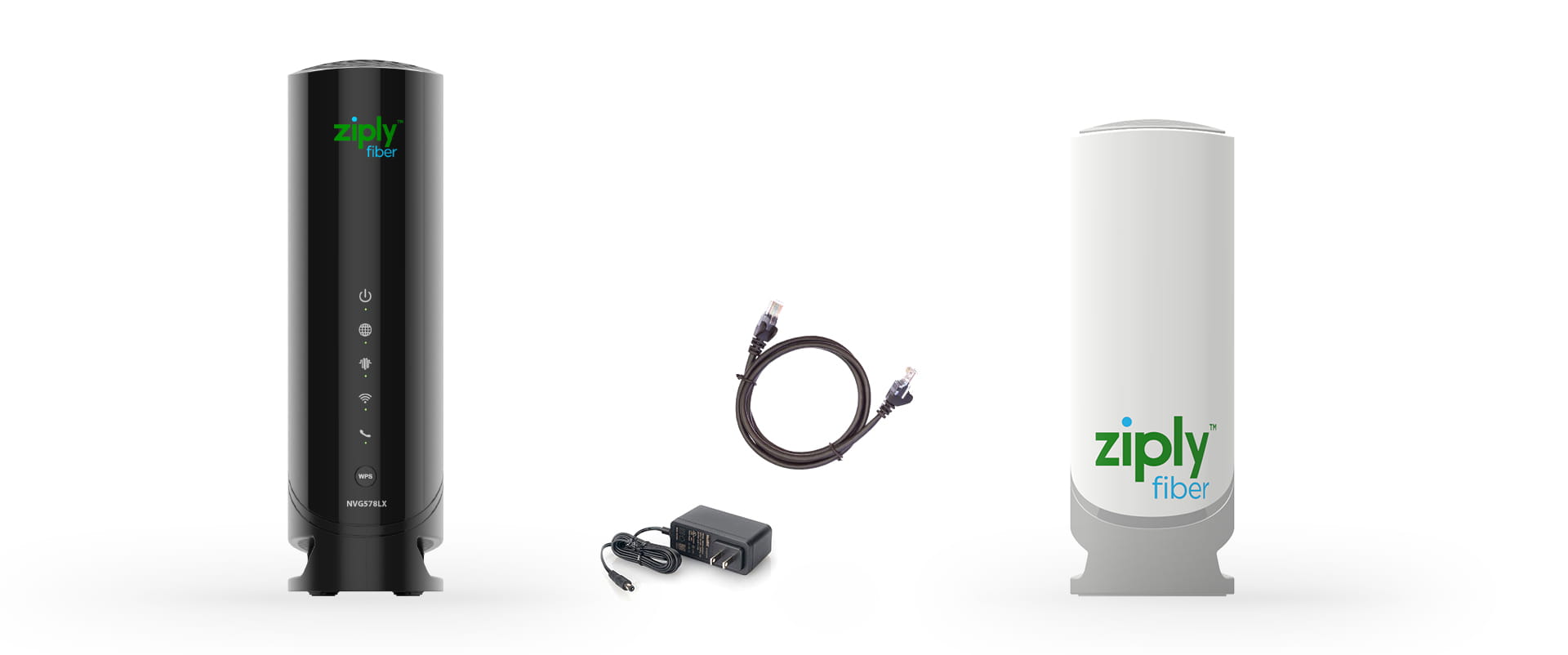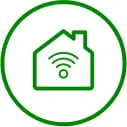So, your old cable internet service provider is suddenly talking about “fiber” as part of their offerings. Does that mean you have a fiber-optic connection? Highly unlikely.
Some ISPs may suggest they are running on fiber if they have fiber-optic connectivity in their network, even if they are actually delivering cable to customers. Here’s how to know if you have the real deal.
The fiber-optic difference
Fiber internet is a better, newer technology than cable, which runs copper or coaxial cables that handle less data at slower speeds. Using pulses of light, fiber-optic networks can transmit huge loads of data at high rates of speed with low latency, jitter and data packet loss.
As our world becomes more integrated with the internet every day, fiber internet’s speed and reliability are becoming both a good choice and a necessity for modern living. Fiber internet has also become affordable for individuals and favorable to local economies. It’s less prone to signal and physical degradation, making it a “future-proof” solution.
It makes sense that some cable companies would want to ride on the coattails of fiber’s success, and technically they may be able to say that they run on fiber if there are fiber pathways in their networks. However, having fiber in a network is not the same as having fiber to the home (FTTH) internet.
Fiber to the home (FTTH) and fiber to the premise (FTTP)
True fiber-optic internet service providers offer fiber connectivity right up to the home or building. Fiber to the home, also called fiber to the premise, increases the speed and quality of the connection by connecting the network to the customer’s home directly. Here are some of the benefits:
- Dedicated connections: Fiber internet connects individually to each customer's residence. Cable connections, on the other hand, share bandwidth among groups of homes. Shared connections cause slowdowns, especially at peak times when more people go online. FTTH means you don’t share your bandwidth with the neighborhood, so you experience fewer or no slowdowns.
- Fast, symmetrical speeds: Fiber internet delivers equally fast upload and download speeds, unlike cable, which offers an upload speeds at a fraction of the download speed—typically about 35 Mbps. Our Gig speed plan has been measured to have upload speeds 25x faster than Gig speed cable service, proving the superiority of FTTH. This is because cable was designed as one-way transmission. With fast, symmetrical speeds, you’ll experience quicker file transfers and smoother connections.
- Full fiber-optic capability: If you sign up for fiber internet with an ISP that offers fiber to the home, you will be getting the full benefits of fiber technology. This should be obvious by your fast, symmetrical speeds, low latency and lack of slowdowns.
How networks work, in short
The internet is best visualized as a highway system with roads traversing the planet. These pathways may be fiber or copper, or a combination of both.
Physical ISP locations house racks full of wires that head out and bring connectivity to the region. Clusters of wires physically run to small, localized hubs, where they connect to neighborhoods and individual homes.
FTTH stands out in this crucial “last-mile connection,” where the fiber line connects directly to a home, business or property. This last leg of the network journey sees the fiber line connect to an Optical Network Terminal (ONT), which translates the fiber-optic signal into an electrical signal.
If FTTH is important to you, ask your ISP if they offer last-mile fiber connectivity to be sure it’s getting all the way to your home. Don’t get stuck overpaying for “fiber” if you’re not getting it.
Does Ziply Fiber offer FTTH?
Yes, Ziply Fiber operates its own 100% fiber-optic network throughout Washington, Oregon, Idaho and parts of Montana. We are proud of our service and stand by our mission to provide our Northwest neighbors with the best connected experience. Ziply Fiber also offers DSL services in some areas.
If you would like to learn more about our FTTH internet plans, visit https://ziplyfiber.com/fiber-internet and check your address to find out if you are eligible for a true fiber internet experience.






